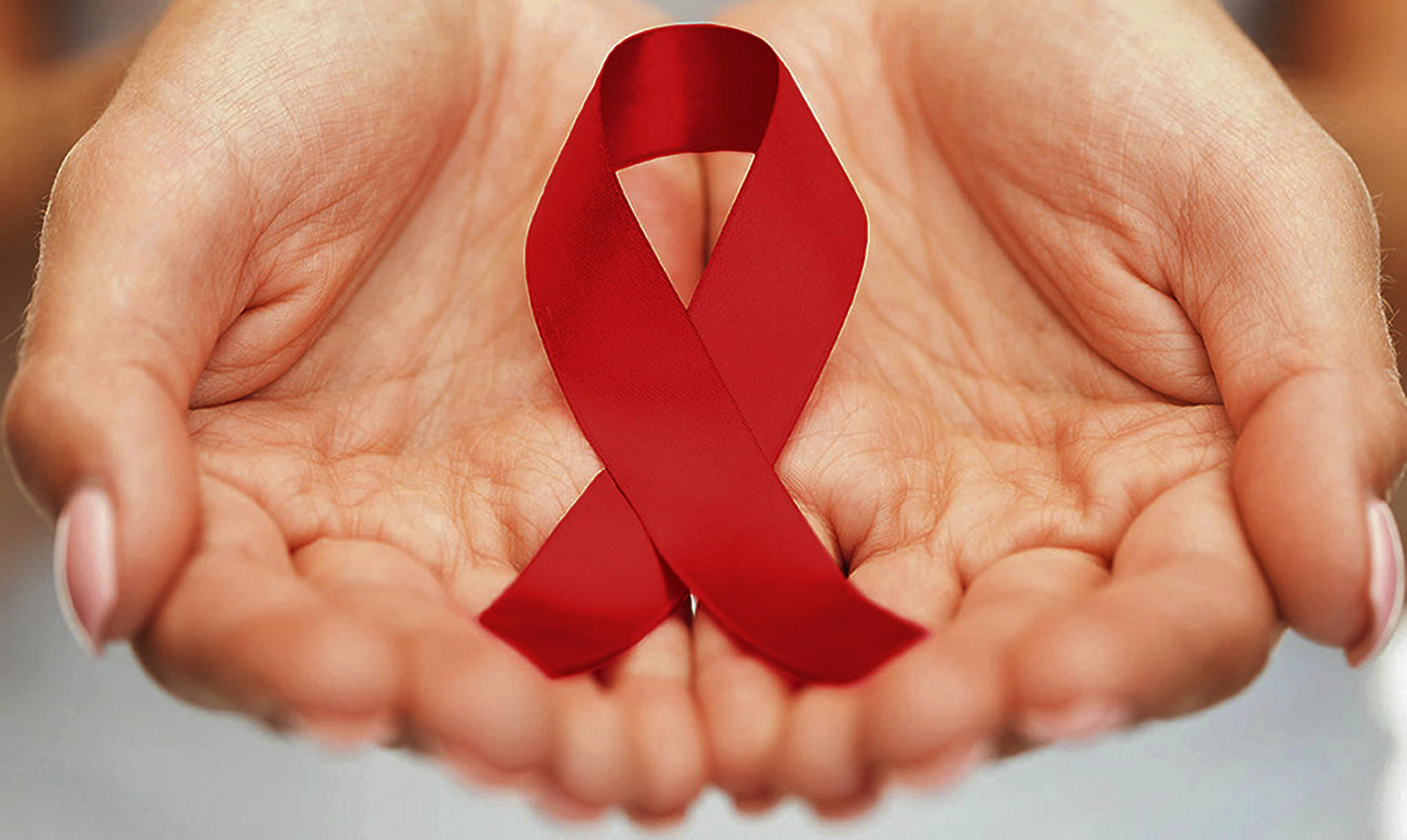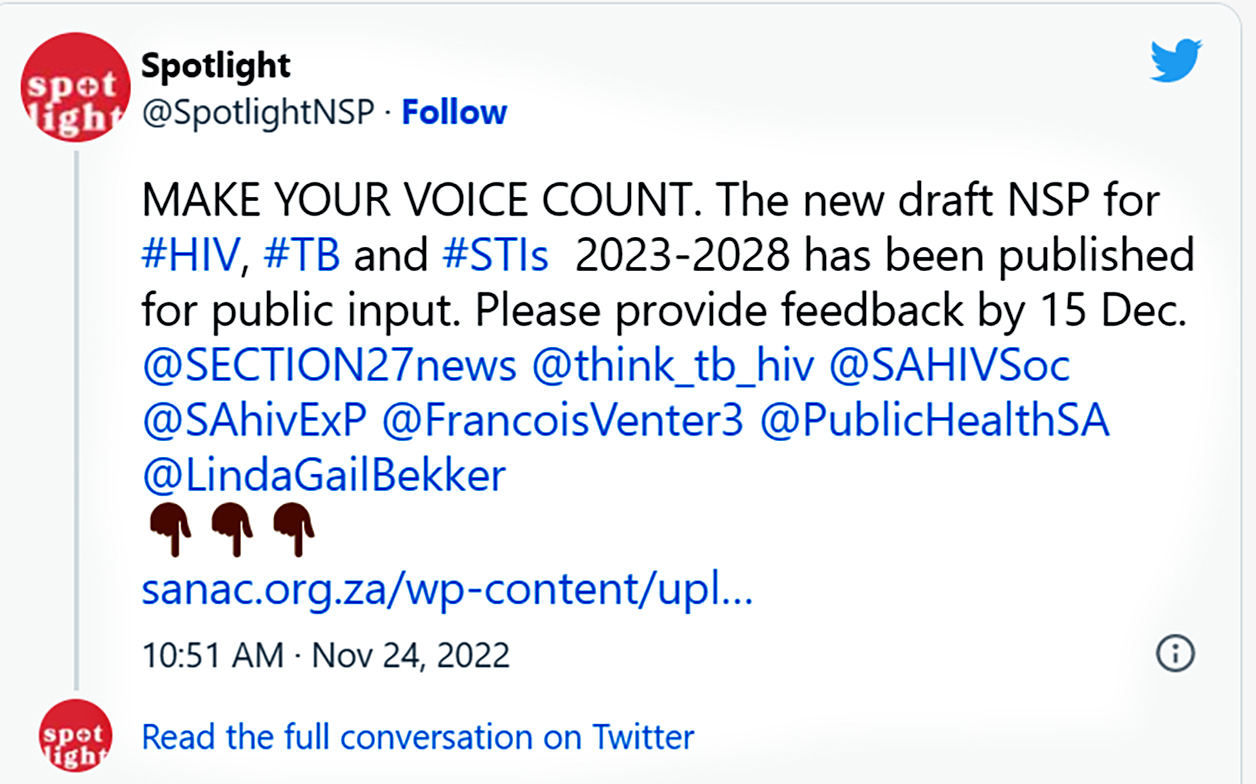SPOTLIGHT EDITORIAL
World Aids Day 2022 — Choice, convenience, and respect should be the cornerstone of SA’s HIV response

In Spotlight’s analysis of South Africa’s HIV response in recent years, two issues have stood out consistently — still too many people living with HIV are not taking antiretroviral therapy and the rate of new HIV infections in South Africa is not coming down fast enough. Accordingly, argues Spotlight editor Marcus Low, we must accelerate the shift toward an HIV response where we make testing for HIV and taking antiretroviral treatment as convenient as possible.
In Spotlight’s analysis of South Africa’s HIV response in recent years, two issues have stood out consistently.
The first, and maybe the most urgent, is that many people living with HIV are not taking antiretroviral therapy. Of an estimated 7.9 million people living with HIV in 2021, 5.4 million were on treatment, according to figures from Thembisa, the leading mathematical model of HIV in South Africa. That means around 2.5 million people living with HIV are not on treatment (it is recommended that all people living with HIV should take treatment).
Broadly speaking, the solution to this is to empower people with accurate information about HIV and to make it as easy as possible for people to get tested and to start and stay on treatment. Of course, doing this out in the real world, and specifically out in the context of our public healthcare system, is more difficult than it sounds.
Some significant progress has, however, been made in recent years.
More people are now given two, three, or even more months’ worth of ARVs at a time. More public sector patients are now able to collect their medicines at a private sector pharmacy near their home, as opposed to having to queue at a public sector clinic. HIV self-testing is becoming more common. These initiatives, as with efforts to allow pharmacists to prescribe ARVs, remain very much works in progress and implementation varies widely across the country but there does seem to be a real, if slow, trend toward greater convenience and greater respect for the needs of people living with HIV.

The theme for this year’s World Aids Day is “Equalise and Integrate to End Aids”. (Photo: parenting.firstcry.com/Wikipedia)
Ideally, everyone should have the option of having their antiretrovirals delivered at home and most people should not be required to attend the clinic more than once a year. But there should also be more involved care for those who need it — such as people with serious comorbidities or mental health issues. Here, the strong emphasis on mental health support in the draft National Strategic Plan (NSP) for HIV, TB and STIs 2023 – 2028 is a positive sign as is the draft NSP’s recognition that marginalised groups such as sex workers and men who have sex with men should explicitly be catered for. Several reports from community healthcare monitoring group Ritshidze have shown that discrimination against such ‘key populations’ is widespread in our public healthcare system.
Visit Daily Maverick’s home page for more news, analysis and investigations
As often is the case, many of the underlying issues here are health system issues rather than HIV-specific issues. That the draft NSP identifies and names the issues is positive but whether it presents a realistic plan for addressing it is debatable. (We encourage readers to judge the draft NSP for themselves and to send comments on the draft NSP to [email protected] until 15 December 2022, specifying the section and page number for each comment.)
Reducing new infections
The second big-picture issue we keep coming back to every year is that the rate of new HIV infections in South Africa is not coming down fast enough. In 2021, there were around 198,000 new HIV infections in South Africa, with particularly high rates in young women and girls.
Here, too, there are no silver bullets.
One part of the solution is to ensure that more people living with HIV are on treatment since the vast majority of people who are stable on treatment cannot transmit HIV to their sexual partners. Thus, making it easier for people with HIV to start and stay on treatment, as discussed above, is not only important for the health of individuals living with HIV but is also critical to preventing new infections.

But to get new infections to drop as rapidly as possible, more direct prevention methods are also needed. There is good evidence that both condom use and voluntary medical male circumcision have contributed substantially to lower HIV rates. Continuing with and stepping up the good work that has been done in these two areas should be a priority for South Africa’s HIV response in the coming years.
While much of what is written above could have been written a year or two years ago, the one thing that is new as we head toward 2023 is that there is finally some meaningful momentum behind making HIV prevention pills available in the public sector. The pills are now available at most public sector clinics and even though the absolute numbers of people using the pills is still low, signs are that uptake is increasing rapidly.
In addition, as we recently reported, pilot projects set to start in the new year will offer a choice of prevention pills, prevention injections administered every two months, and a vaginal HIV prevention ring. South African Health Products Regularly Authority (Sahpra) approval of the injection is expected imminently, but a high price tag may delay its widespread rollout.
Ultimately, whether it is giving young women a choice of HIV prevention methods, giving people the option of home delivery of ARVs, or ensuring men who have sex with men have easy access to lubricant, much of what is needed in the next phase of our HIV response is simply about meeting people’s individual needs in a professional manner and treating people with respect.
How we build such a more professional, more respectful healthcare service is of course a very hard and complex question to answer, especially given the dire state of much of our public healthcare system and the dysfunctional politics that has metastasised within it. But, that this is in fact the critical question to answer, seems clearer than ever. DM/MC
*This article was published by Spotlight – health journalism in the public interest.





















 Become an Insider
Become an Insider
Comments - Please login in order to comment.